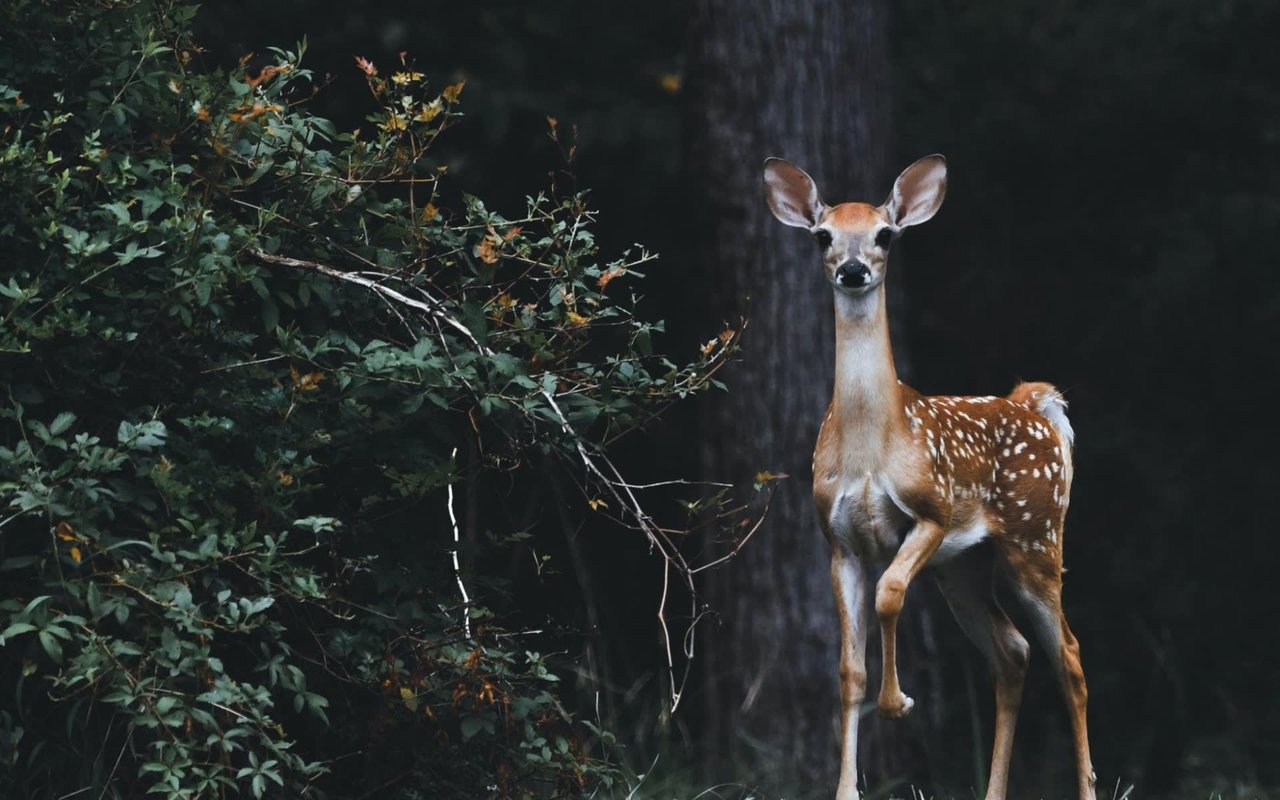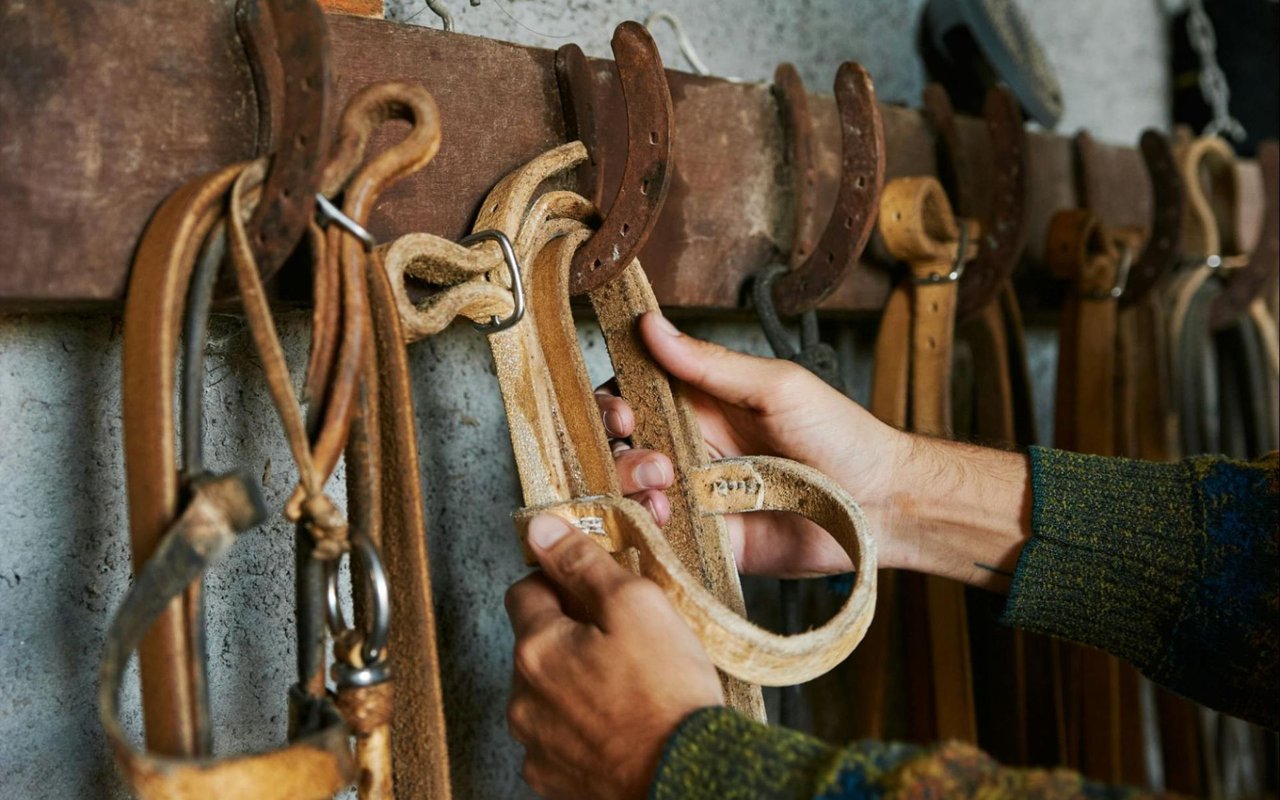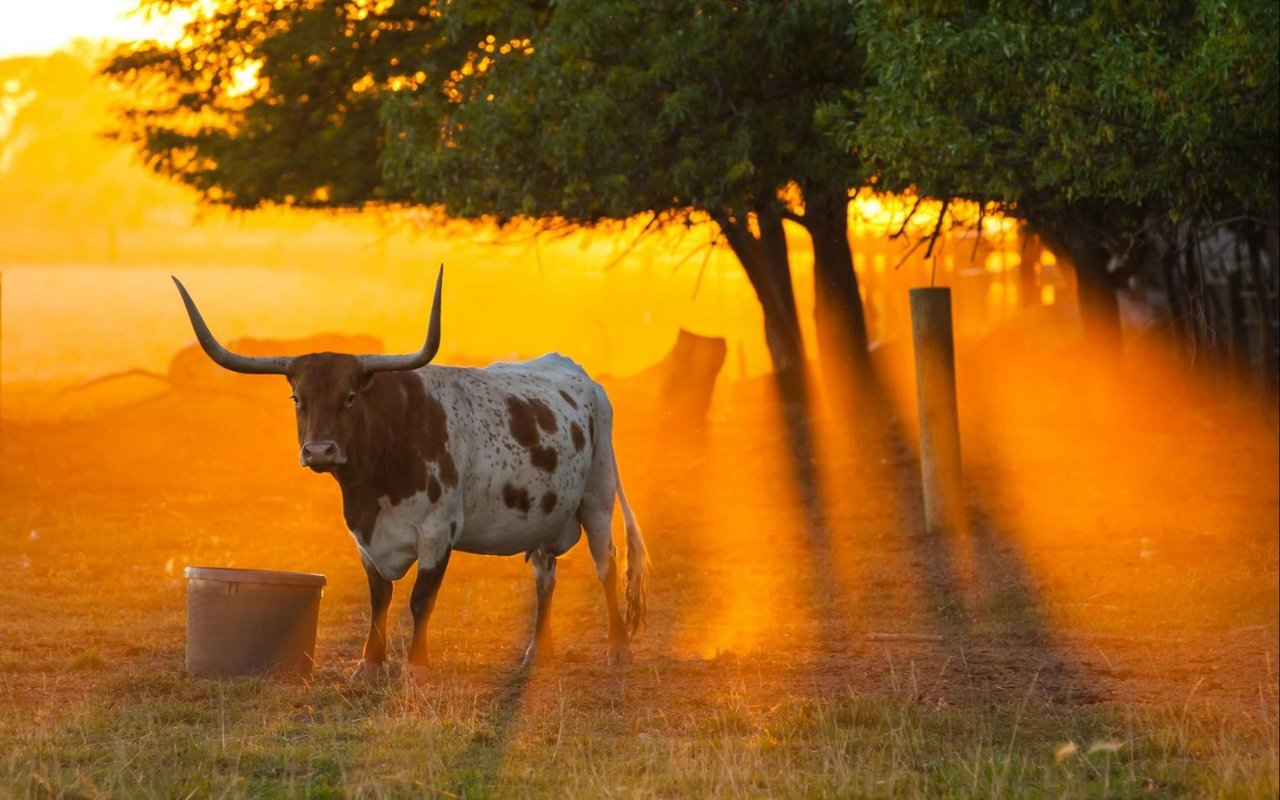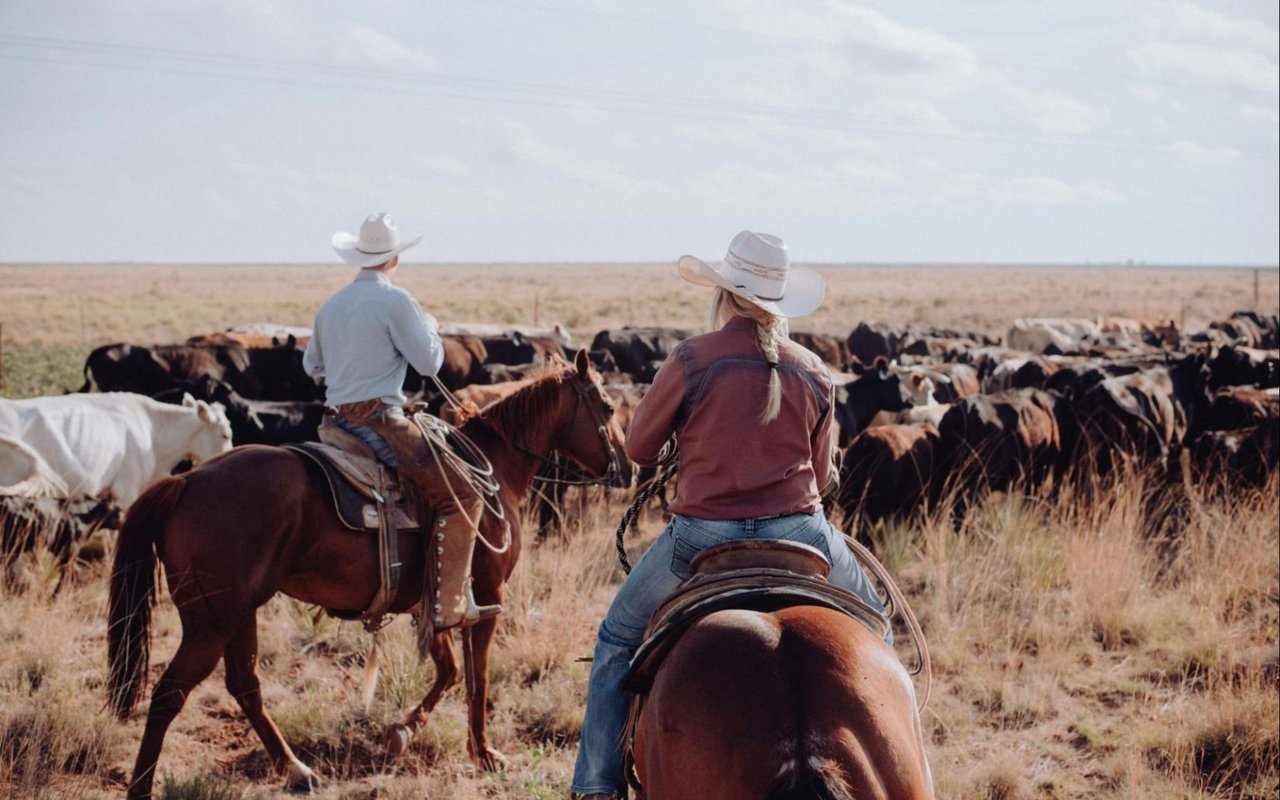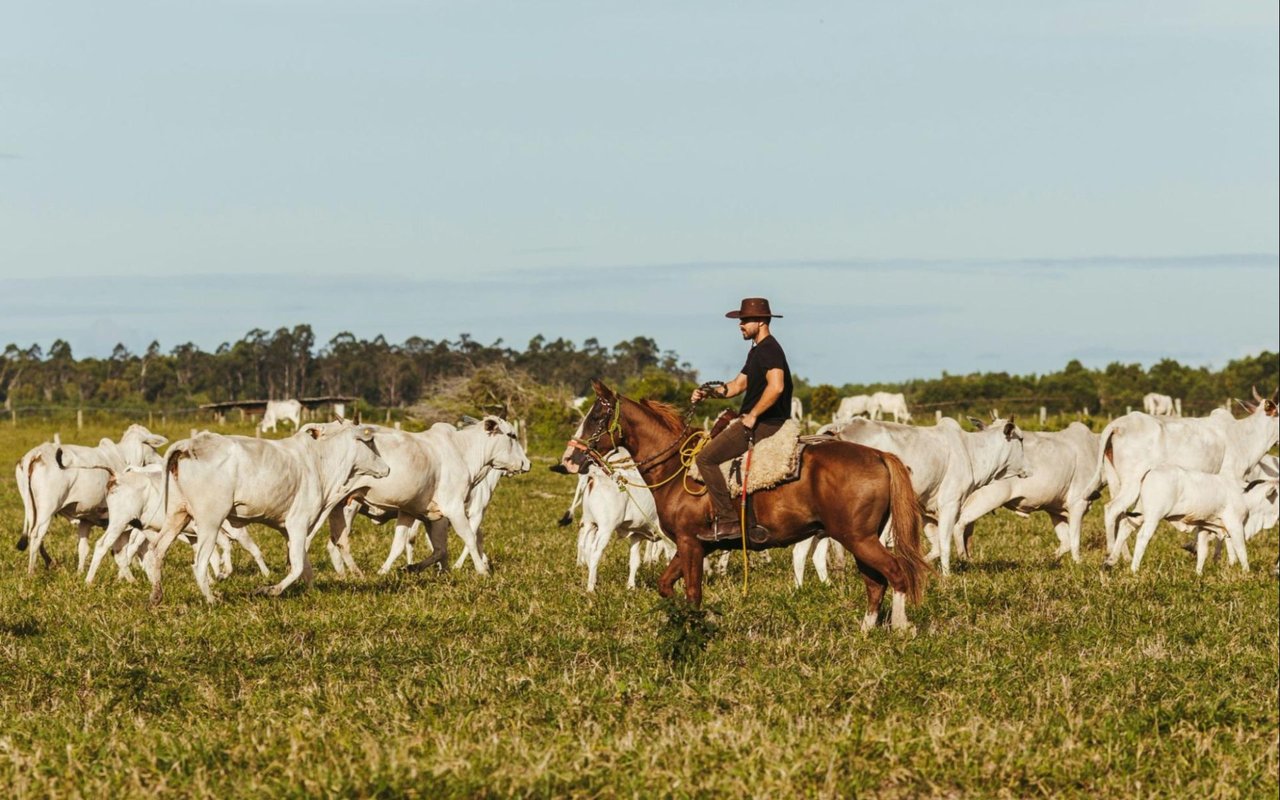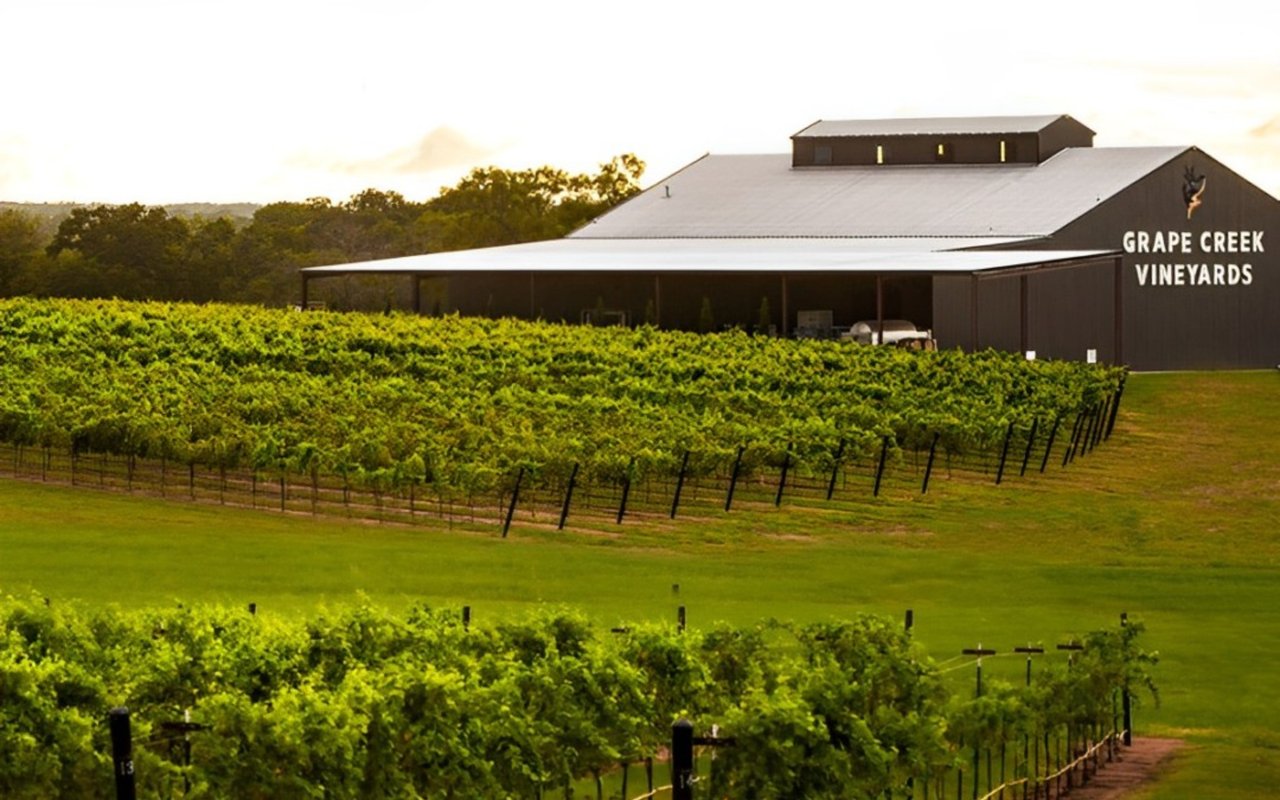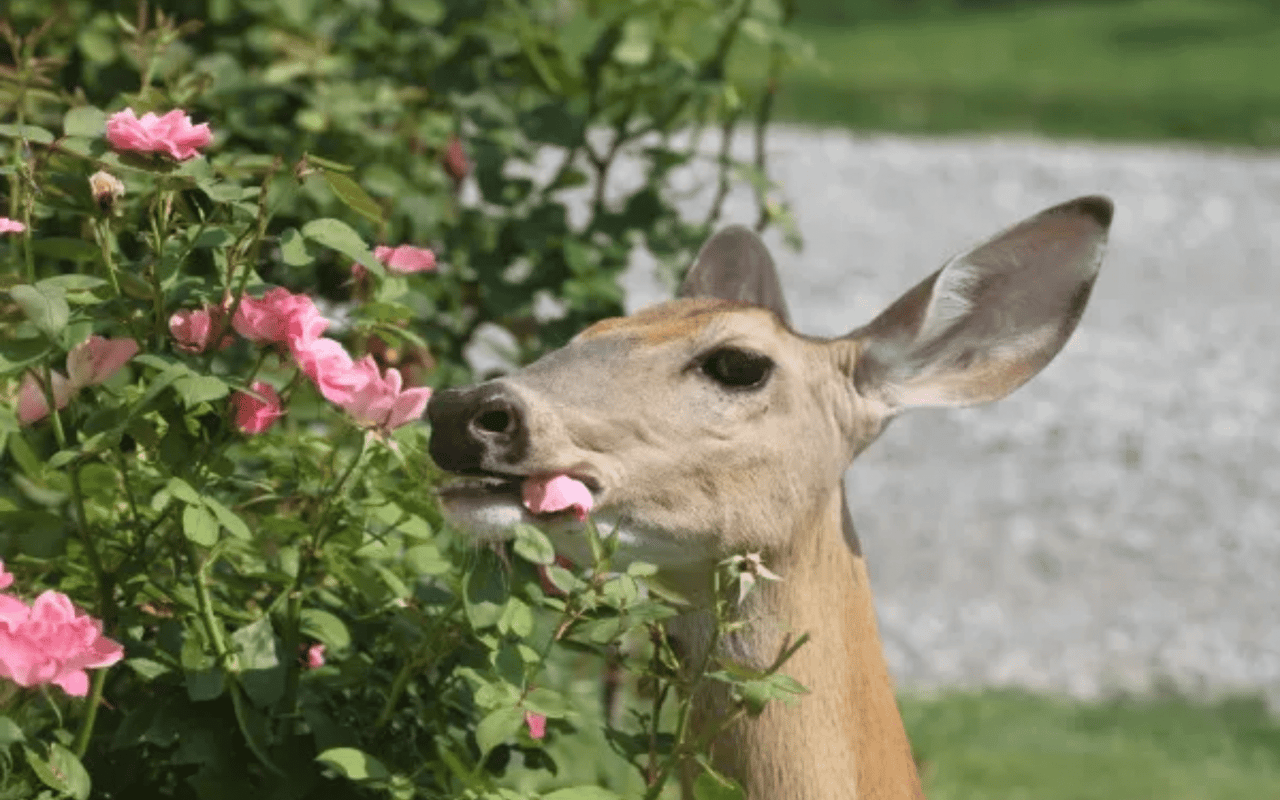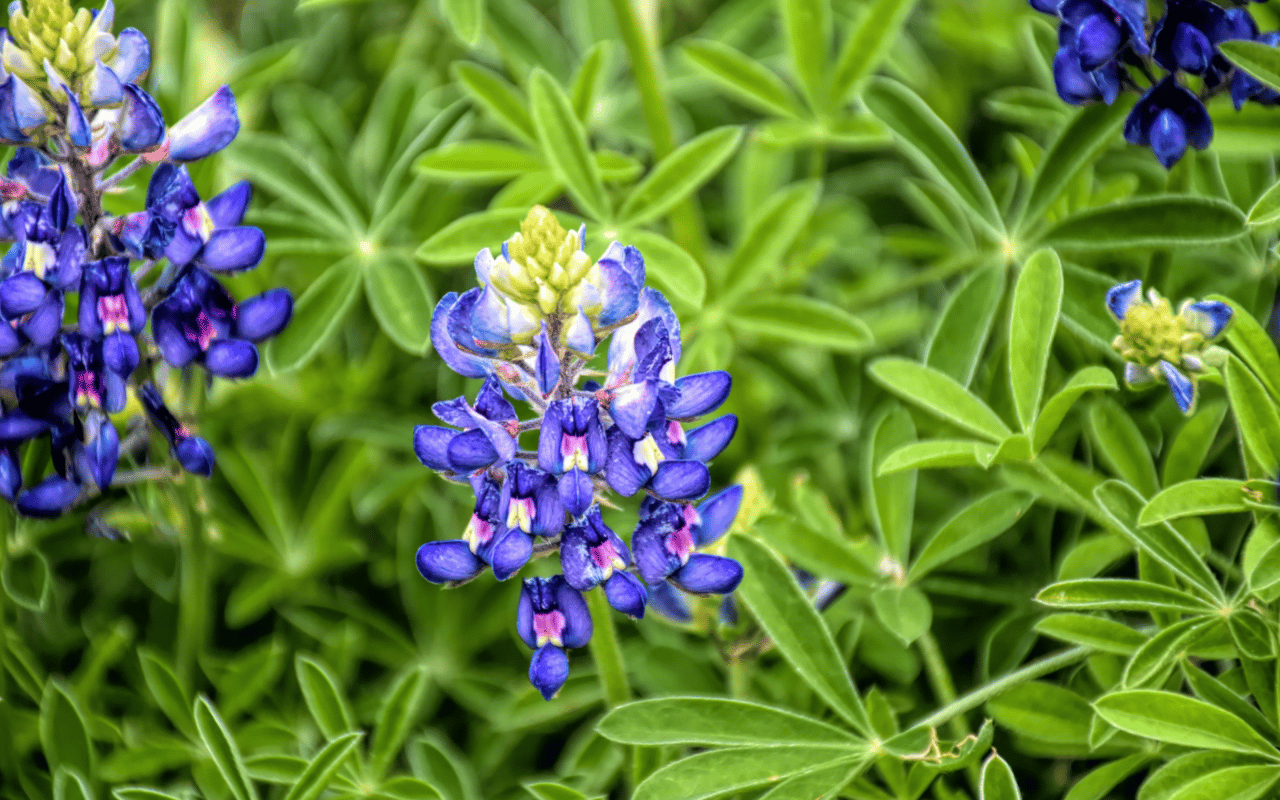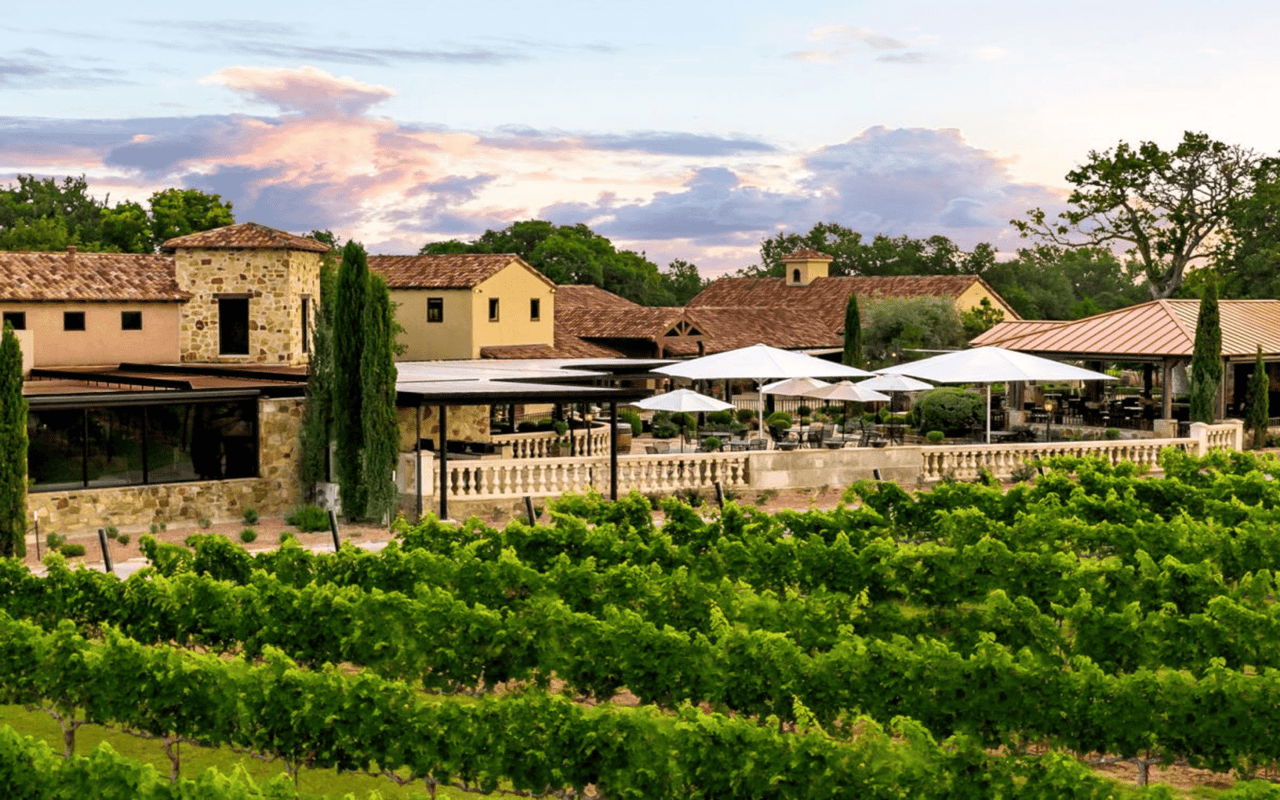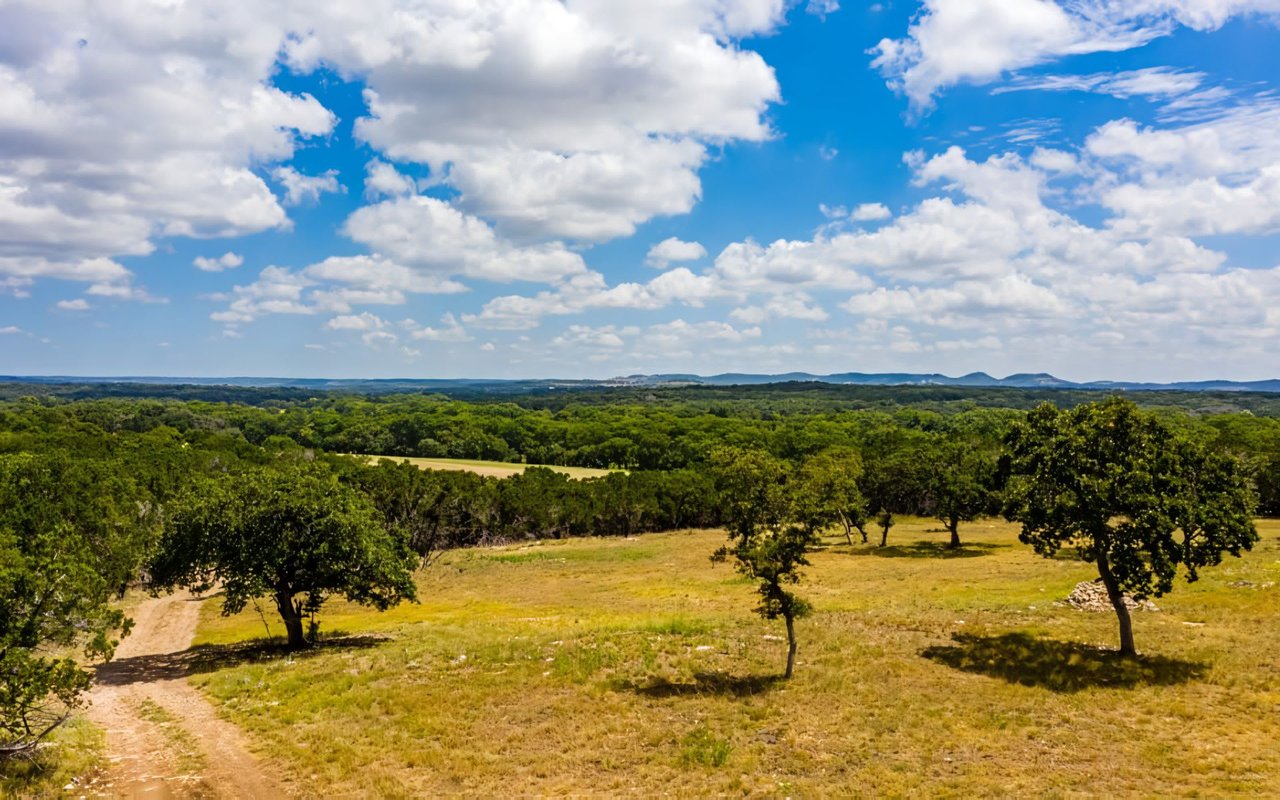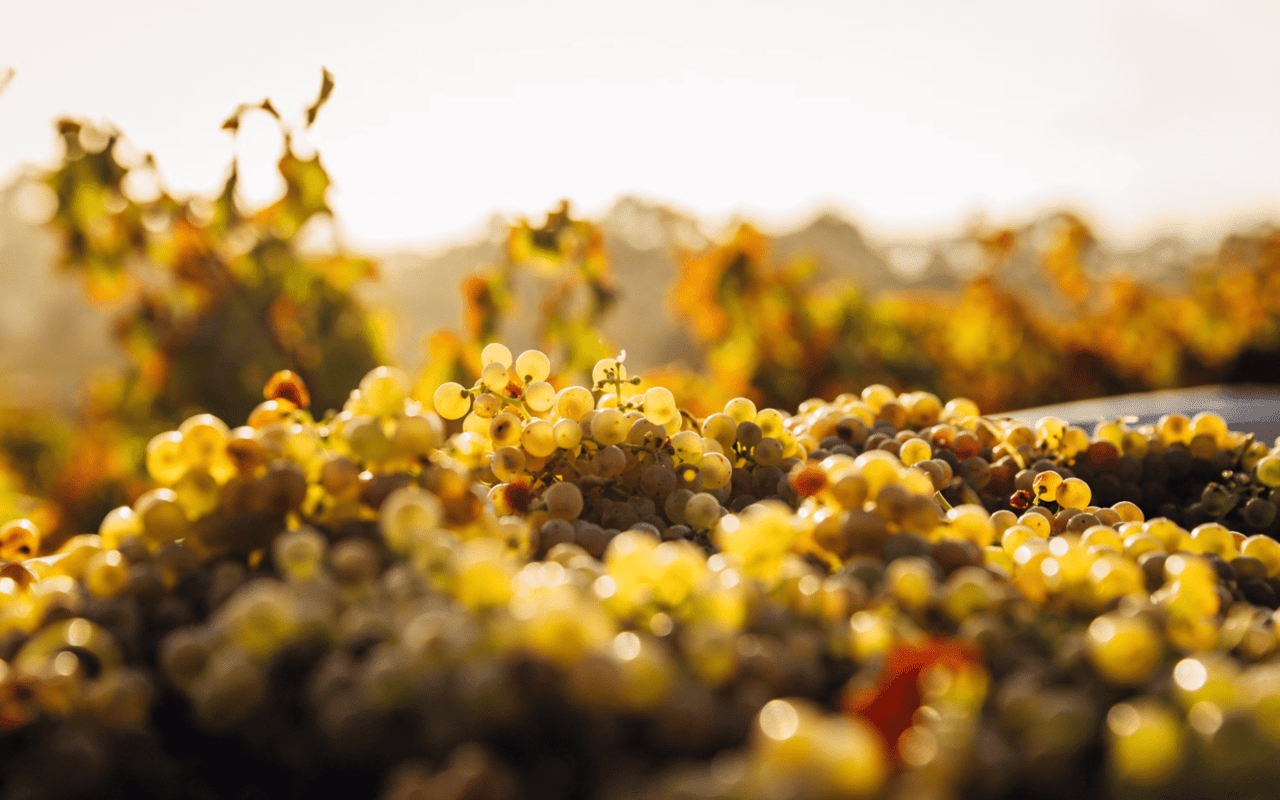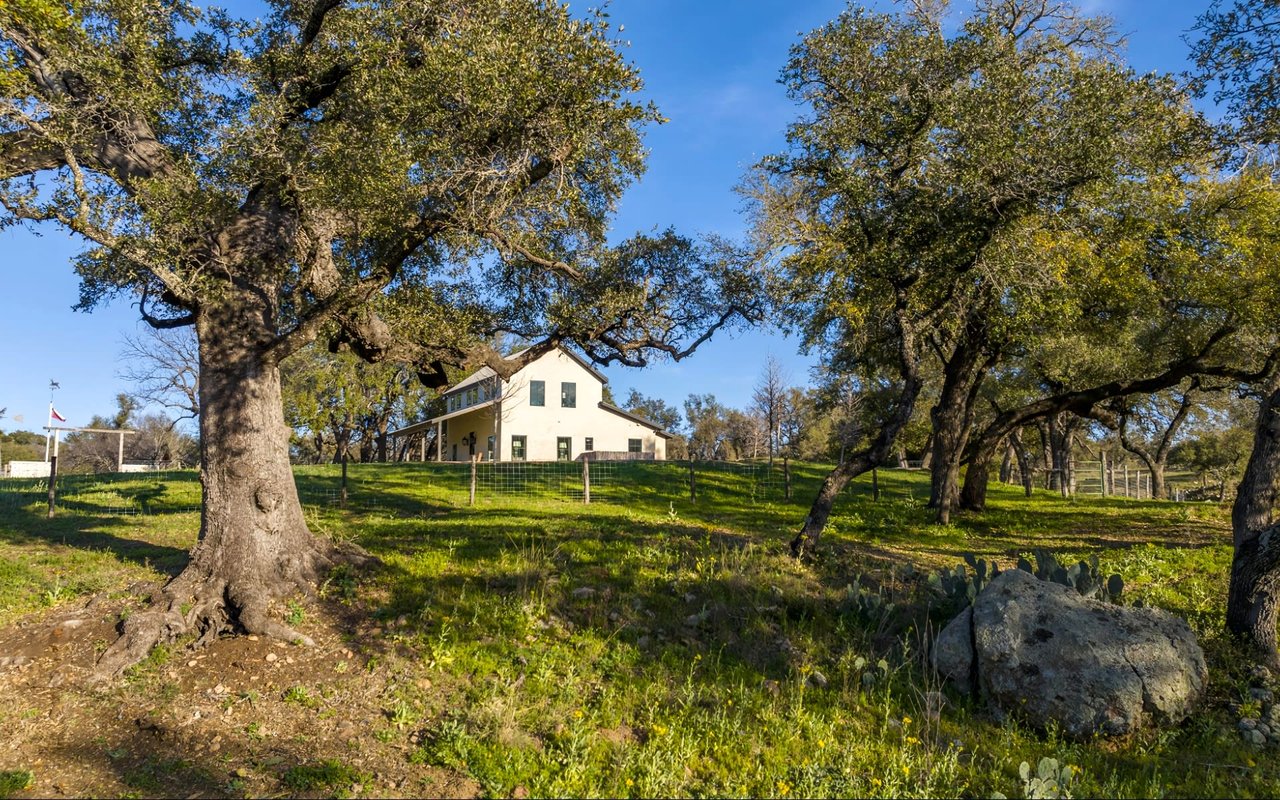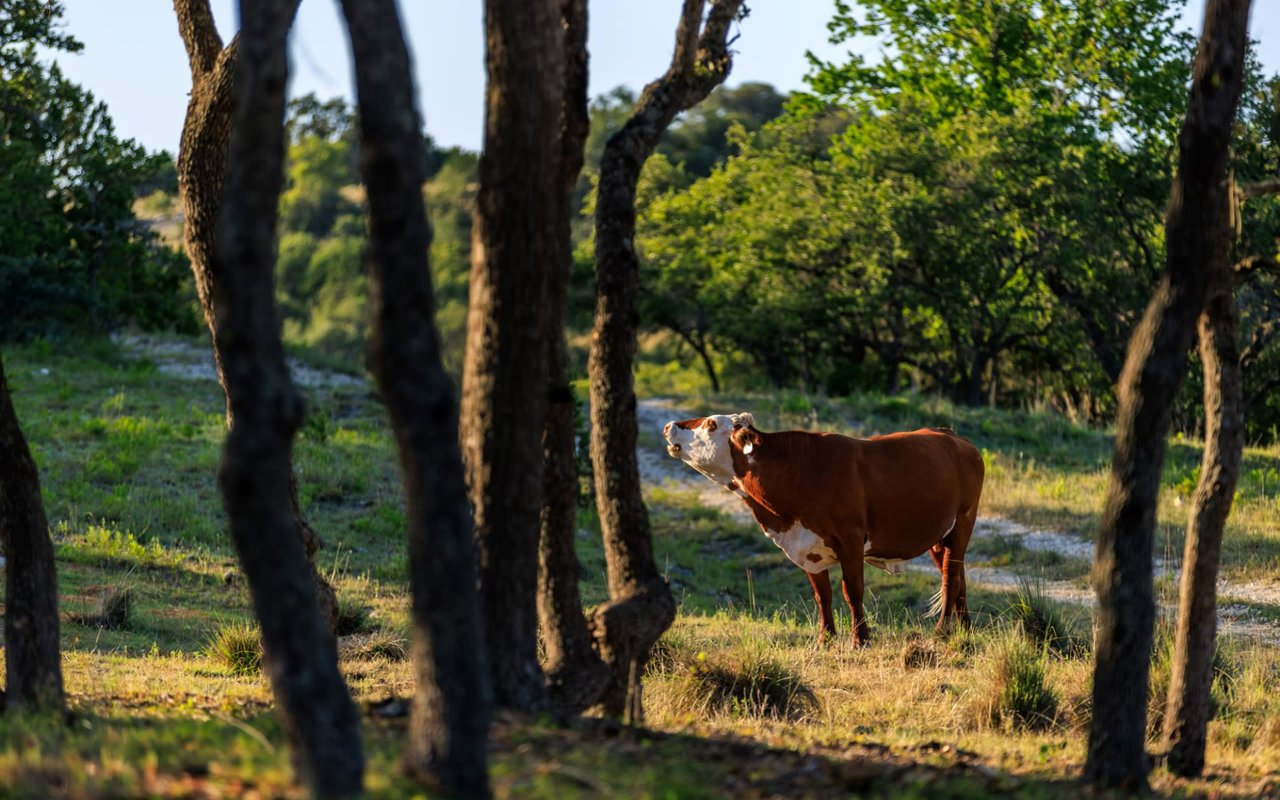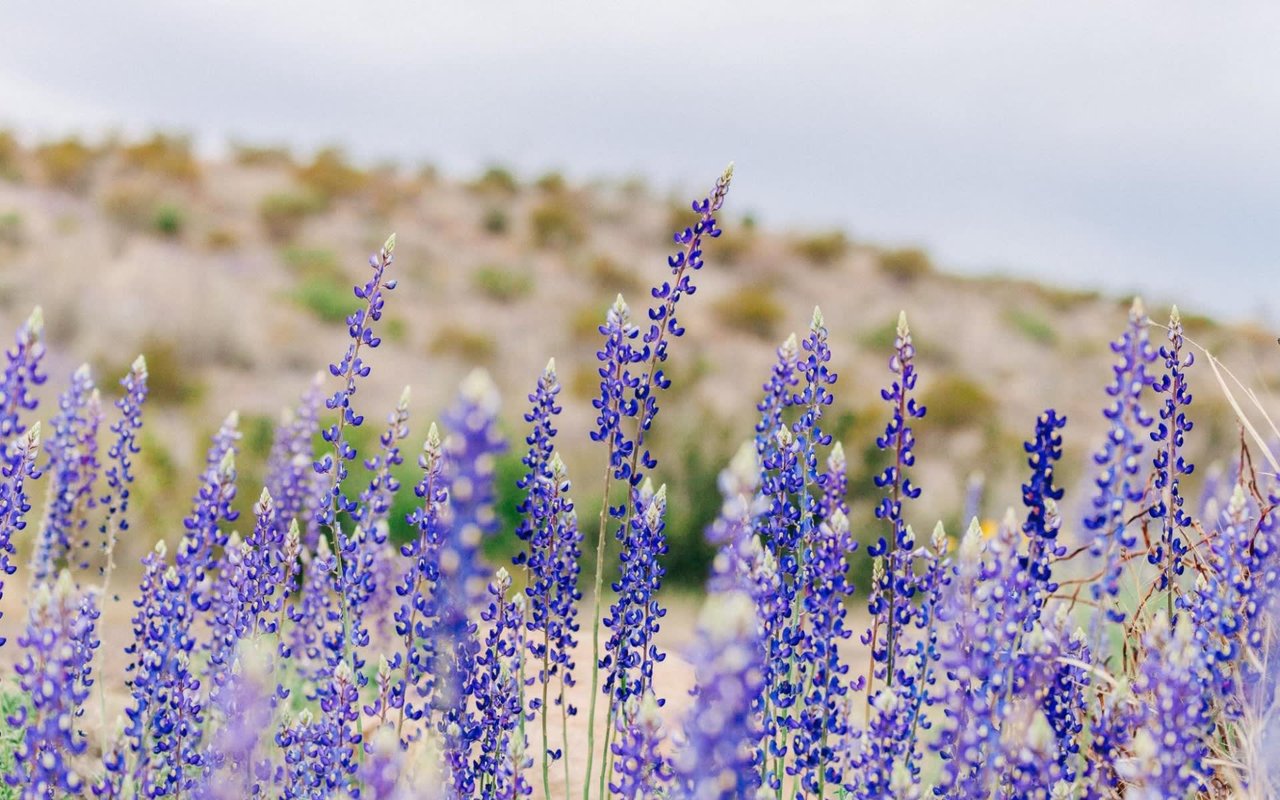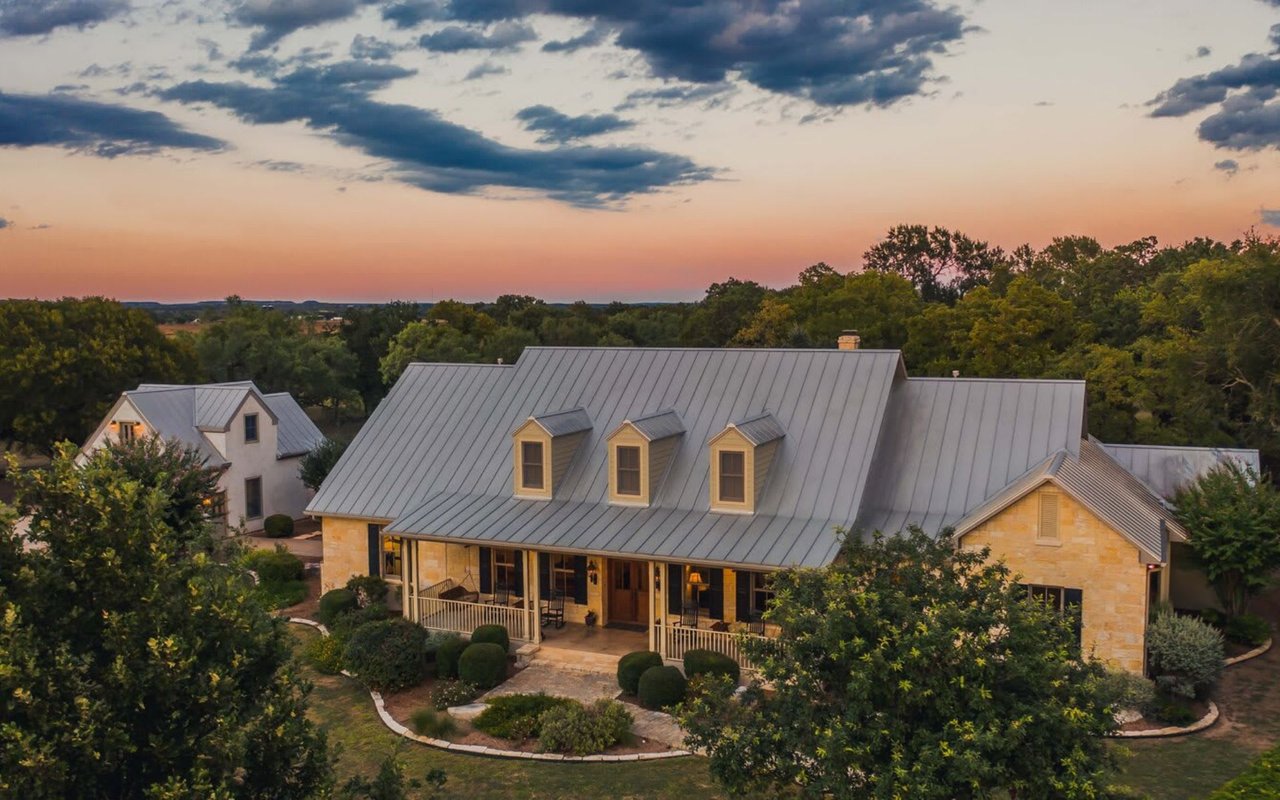Mason’s historic Southern allure is intrinsically linked to its wild countryside. The Hill Country landscape is special for its naturally occurring Topaz, as it’s the only place in Texas where it can be found. As the landscape blooms and awakens from a chilly winter slumber, here’s everything to know about spring wildlife management around Mason real estate and the surrounding Texas Hill Country.
Wildlife management responsibilities
Texas Parks and Wildlife have a comprehensive list of practices to manage the state’s sprawling native habitats. Each practice is tailored to ecological regions’ specifications. These responsibilities include reducing the impact of invasive species, providing resources for public use, and formatting management recommendations for different habitats and species. The overarching activities of wildlife management include:
-
Habitat, erosion, and predator control
-
Providing supplemental water, food, and shelter
-
Census
Wildlife management in Mason and across Texas takes a multi-disciplined approach to maintaining each habitat and its ecological processes. To do this, economic, biological, physical, and social needs are monitored to achieve the desired result. The foundational ideas supporting land management come from Aldo Leopold’s theories of repurposing destructive tools to rebuild environments. These include:
-
Axe: Refers to brush management, which clears juniper and mesquite trees that have invaded overgrazed grasslands.
-
Cow: Properly grazing cattle promotes plant diversity.
-
Plow: Bison once tilled the soil, but today farmers use modern equipment to produce the same effect. Processes like rangeland reseeding, farming, and mowing help with plant diversity.
-
Fire: Natural wildfires helped plant communities to evolve, but as fires were suppressed for safety, invasive species dominated lands. Controlled fires mimic pruning and germinating conditions.
-
Gun: Hunting helps moderate excessive deer populations that can damage the surrounding habitat.
Hill Country Wildlife Management
The Hill Country has changed drastically over the course of 150 years, requiring wildlife management to tailor their objectives to align with nature’s changing trajectory. Originally a lush midgrass and tallgrass environment dotted with live oak motte, the current environment is dominated by shortgrass communities, Ashe juniper, parklands, and woodlands.
Drastic changes in wildlife are the result of two forces. First, domestic livestock and wild herbivores continue to over-graze Hill County. Rangelands are frequently overstocked, while growing white-tailed deer populations have put increasing pressure on the land. Second, fire suppression has allowed cedar to invade the land. This, coupled with Ashe juniper growth, depletes the area’s aquifer faster than it can recharge.
With this knowledge, wildlife management practices surrounding Mason and the Texas Hill Country take a holistic approach to rejuvenating the surrounding landscape. Tools used to maintain a healthier landscape include prescribed burning, hunting, and moderate cattle grazing. Wildlife management refocuses its efforts on whole systems rather than taking a single-species approach.
Mason Mountain Wildlife Management Area
The Mason Mountain Wildlife Management Area (WMA) is located in the Llano Uplift. Originally an exotic game ranch, today the WMA protects six exotic species and houses other common native wildlife. The WMA is on the boundary of the Central Mineral Region and the Edwards Plateau, resulting in several habitats supporting many species. The native species are fertile ground for research, demonstrations, and hunting.
The Mason Mountain WMA is also special for its application of wildlife management on private land. Many people purchase Mason real estate to embark on recreational ranching endeavors or tend to exotic ungulates like oryx and gazelle. With this in mind, the WMA provides information and resources for ranch owners to do so responsibly and sustainably.
Wildlife management on private land
Residents or buyers looking for land in Mason county and the surrounding area are eligible to manage wildlife areas from their own property. Through the Technical Guidance Program of the Wildlife District, landowners can work with professionals individually to learn about management practices. Professionals also help landowners create harvest recommendations, management plans, and more. District biologists and personnel offer even more assistance to landowners, respond to pressing issues, provide information, and assist with field activities.
Landowners interested in helping conservation efforts in the area can also register for the Landowner Incentive Program (LIP). After a biologist completes an ecological assessment of a landowner’s property, they assist with submitting a proposal. Long-term projects are preferable, but any proposition whose results can be measured is considered. LIP applicants can earn reimbursement of 50-75% for their project.
There are many ways a private landowner can enter wildlife management independently. As discussed previously, supporting exotic species or maintaining an environment for native breeds is one way of doing this. Landowners can also manage aspects like small mammals and songbirds, provide supplemental feeding and water, or conduct predator control. Wildlife management is also compatible with other agricultural pursuits like timber harvesting and livestock grazing.
Wildlife management tax exemptions
Mason county and the surrounding Hill Country properties that support native Texas wildlife are eligible for wildlife tax exemptions. This is very advantageous, as properties that can show wildlife management practices can qualify for much lower property taxes without the burden of farming and timber costs related to other agricultural tax exemptions. Not only does maintaining wildlife spaces help the native environment, but aesthetically pleasing nature increases a property’s value.
To apply for a wildlife exemption, properties must be qualified for agricultural or 1-D-1 use. Many landowners who apply have a deep appreciation for wildlife, including ranchers or farmers interested in retiring, ranchers who require more time for the land to recover, and new landowners interested in owning their own patch of the beautiful countryside without the responsibilities of an agricultural lifestyle.
Maintain Mason’s Hill Country
As spring brings to life the flora and fauna native to Mason, Llano, and Gillespie county, wildlife management plays an important role in ensuring environmental balance. Those living in or searching for land benefit from wildlife management efforts in many ways. Not only does the preserved landscape increase property values, but landowners can also qualify for tax exemptions. These advantages make land for sale in Mason, TX particularly attractive to buyers seeking both natural beauty and long-term value. When you’re ready to start your search for properties in the area, contact the Reata Ranch Realty group and their resources to guide you through it.
